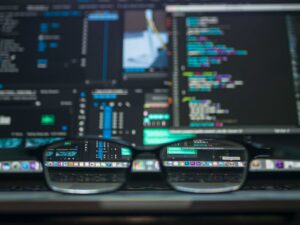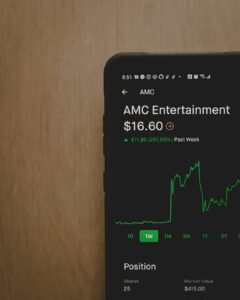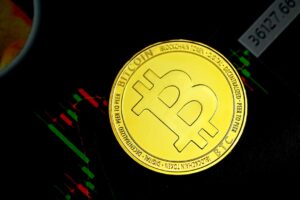Forex Scanners vs. Manual Trading: Which Method is More Effective for Profitable Trading?
The foreign exchange market, commonly known as forex, is the largest and most liquid financial market in the world. With trillions of dollars traded daily, it presents ample opportunities for traders to profit. However, the key to successful trading lies in the ability to make informed decisions and execute trades effectively. This is where the debate between forex scanners and manual trading arises.
Forex scanners, also known as algorithmic trading or automated trading systems, are computer programs that analyze the market and execute trades based on predefined rules and parameters. On the other hand, manual trading involves traders making decisions based on their own analysis and executing trades manually.
Both methods have their pros and cons, and traders often find themselves torn between the convenience of forex scanners and the control offered by manual trading. In this article, we will explore the advantages and disadvantages of each method to determine which is more effective for profitable trading.
Forex scanners offer numerous advantages that make them appealing to traders. One of the key benefits is their ability to analyze vast amounts of data within milliseconds. This allows scanners to identify trading opportunities that may go unnoticed by human traders. Additionally, scanners can operate 24/7, taking advantage of market movements even when traders are unable to monitor the markets themselves.
Another advantage of forex scanners is the elimination of human emotions from the trading process. Emotions such as fear and greed can cloud judgment and lead to irrational trading decisions. Scanners, being purely algorithmic, do not possess emotions and are not prone to making impulsive trades. This can lead to more disciplined and consistent trading.
Furthermore, forex scanners can backtest strategies on historical data to gauge their effectiveness before deploying them in live trading. This allows traders to fine-tune their strategies and optimize their trading systems for maximum profitability. Manual traders, on the other hand, must rely on their own experience and judgment, which can be subjective and prone to biases.
However, despite their advantages, forex scanners also have their limitations. One of the main drawbacks is their reliance on historical data and predefined rules. Market conditions are dynamic, and what may have worked in the past may not necessarily work in the future. Scanners may struggle to adapt to changing market conditions and may miss out on profitable trading opportunities.
Moreover, forex scanners are not immune to technical glitches or system failures. A malfunctioning scanner can lead to missed trades or erroneous executions, potentially resulting in significant financial losses. Traders who rely solely on scanners must be vigilant and have backup plans in place to mitigate such risks.
Manual trading, on the other hand, offers traders more control and flexibility. Human traders can adapt to changing market conditions and make decisions based on their analysis and intuition. They can incorporate fundamental factors, news events, and market sentiment into their trading strategies, which may give them an edge over purely algorithmic systems.
Additionally, manual traders have the ability to exercise discretion in their trades. They can adjust their position sizes, entry and exit points, and risk management strategies on the fly, based on their assessment of the market. This adaptability can be advantageous in volatile or uncertain market conditions where rigid rules may not be effective.
However, manual trading also has its drawbacks. Human traders are susceptible to emotions and biases, which can lead to impulsive and irrational trading decisions. Fear of missing out, known as FOMO, and the desire for quick profits can cloud judgment and lead to poor trading outcomes. Discipline and emotional control are crucial for successful manual trading.
Furthermore, manual trading requires a significant investment of time and effort. Traders must stay updated with market news, economic indicators, and technical analysis. This can be challenging for those with limited time or resources. Moreover, the constant monitoring of price movements and executing trades manually can be mentally and physically demanding.
In conclusion, both forex scanners and manual trading have their merits and limitations. Forex scanners offer speed, efficiency, and emotion-free trading, while manual trading provides flexibility, adaptability, and the ability to incorporate subjective analysis. Ultimately, the choice between the two methods depends on the trader’s preferences, skills, and resources.
For beginners or those with limited trading experience, forex scanners may offer a more straightforward and systematic approach to trading. They can provide a starting point for learning and gaining exposure to the forex market. On the other hand, experienced traders who have developed their own trading strategies and possess the necessary discipline and emotional control may find manual trading more suitable.
Ultimately, the most effective method for profitable trading is subjective and varies from trader to trader. It is essential to understand the strengths and weaknesses of each method and consider personal goals, risk tolerance, and trading preferences before making a decision. Whichever method is chosen, continuous learning, practice, and risk management are key to success in the forex market.












